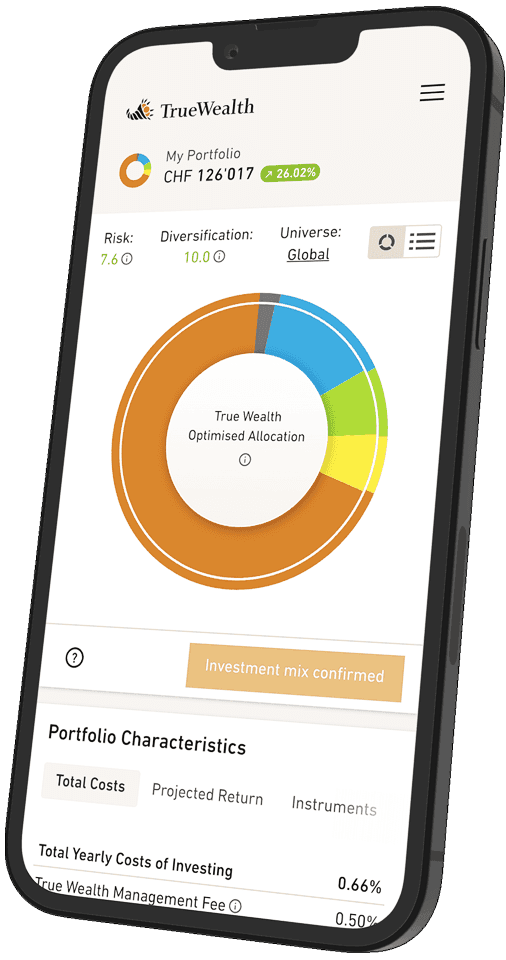
Young investors opt for ETFs
Young investors are increasingly investing in ETFs. But why exactly are they so attractive to millennials?
The money invested in exchange-traded funds is growing and growing. Younger age groups in particular seem to be turning away from traditional financial products and are increasingly investing in ETFs.
High ETF share in the portfolio
Charles Schwab surveyed 1'008 investors in 2016 to find out more about their investments and their attitudes towards ETFs. The particular focus was on the differences between so-called "millennials" (defined here as people aged between 25 and 35) and the older generations. The portfolios of the millennials surveyed already consist of 35.8% ETFs on average. This is almost twice as high as the proportion of ETFs held by the Baby Boomer generation. 60% of millennials also stated that ETFs will be the main component of their portfolios in the future.
The next two questions provided further indications that ETFs could soon become the most important component of young investors' portfolios. Around 67% of the millennials surveyed stated that they would rather use ETFs than individual bonds. For individual equities, the figure was as high as 81%.
ETF providers have noticed the trend and are responding to the growing interest. The American fund provider Global X even offers a themed ETF that is particularly attractive to millennials and is also intended to benefit from the rising purchasing power of the younger generation. The ETF includes companies such as Netflix, Apple, and Facebook.
Attractive for young investors
While their parents still invested in traditional investment funds, their children are now increasingly turning to ETFs. But why is it precisely young investors who place so much trust in ETFs? On the one hand, ETFs make it possible to hold a highly diversified portfolio even with limited capital. On the other hand, the low costs of ETFs mean that you can be sure that a large proportion of the return does not have to be spent on fees.
Millennials are often described as the best-informed consumers. They no longer simply follow the seller's advice, they first read reviews on the internet and compare prices before buying. This is where ETFs can score points with their transparency. Traditional investment funds are like a pig in a poke, as they frequently only report four times a year on exactly which securities are included in the fund. ETFs are much more transparent, so it is always clear which securities are included and how they have been weighted.
The investment strategy of ETFs also meets the expectations of young investors. Older generations focus more on speculation and thus try to beat the market. A study by UBS shows that young investors no longer want to do this. They want to profit when the market grows and not make quick money through risky day trading.
Of course, robo-advisors such as True Wealth also have an influence. They reflect the zeitgeist of the younger generation. Millennials are used to having access to services on their computer or smartphone. Robo-advisors meet this need, as the portfolio is always available digitally and a high-commission client advisor is no longer necessary.
Knowledge box: What is an ETF?
ETF stands for Exchange-Traded Fund. An ETF is a passively managed fund that can be traded on the stock exchange like a share. ETFs attempt to replicate an index one-to-one and therefore buy the securities contained in the index. A fully replicating ETF based on the SMI would therefore consist of shares of the same companies with the same weighting. This means that an ETF is naturally diversified. Due to passive management, ETFs also have lower costs than other products. There is now an ETF for almost every liquid asset class, allowing a globally diversified portfolio to be covered cost-effectively.
About the author

Founder and CEO of True Wealth. After graduating from the Swiss Federal Institute of Technology (ETH) as a physicist, Felix first spent several years in Swiss industry and then four years with a major reinsurance company in portfolio management and risk modeling.

Ready to invest?
Open accountNot sure how to start? Open a test account and upgrade to a full account later.
Open test account